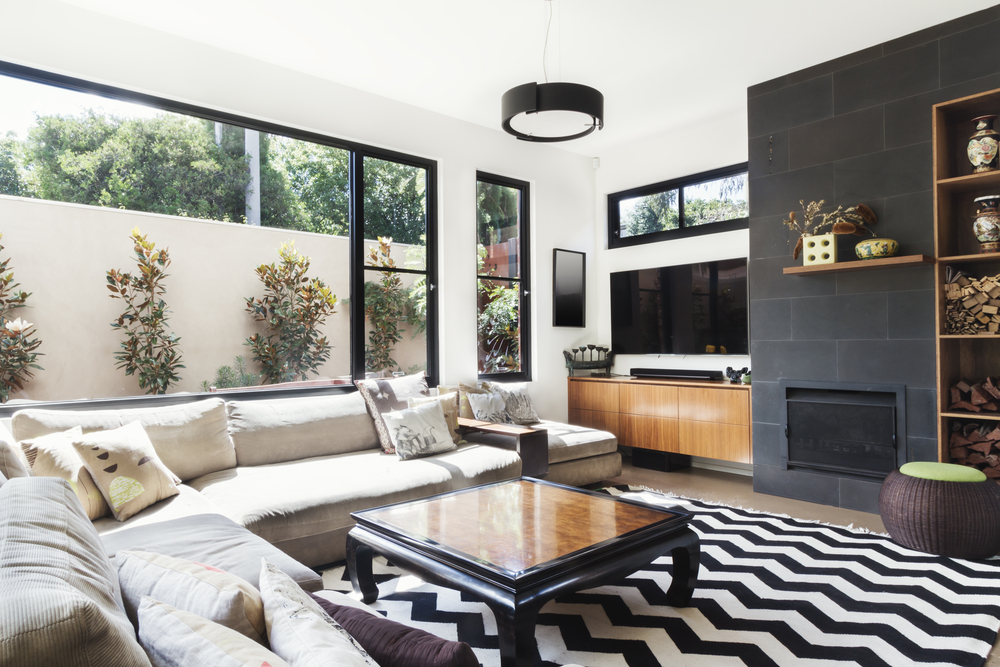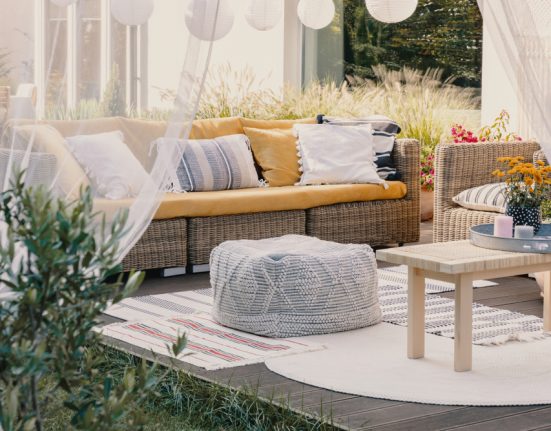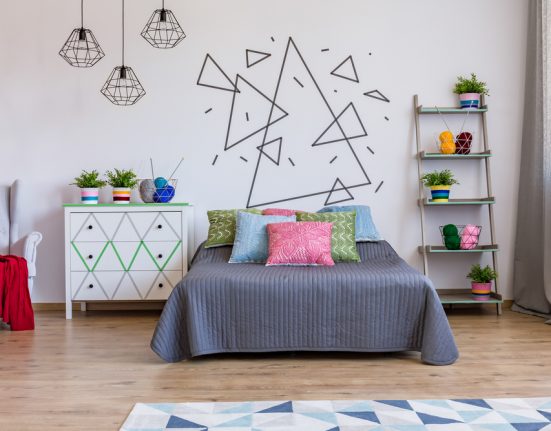While there are many expert tips out there, the expert shared shared a few key aspects around re-imagining your interiors with accessible furniture
Sustainability and environmental consciousness, as we know, are becoming increasingly important owing to the dangers of climate change constantly looming upon us. As such, finding ways to reduce waste and minimise our ecological footprint has become a priority. When it comes to home décor, one area where we can make a significant impact is our approach to furniture. Before simply tossing away old or unwanted pieces, there are often opportunities to repurpose, reuse, or recycle them, giving them new life and reducing the demand for new furniture.
But, how? Don’t worry, we are here to your rescue! According to Sajal Lamba, Co-founder and Director, Wriver, change is the only constant as the saying goes and there are plenty of ways one could go about curating your most personal spaces. “Reinventing ways to express your lifestyle choices through your living space can be a truly authentic way to tell your story to those you invite into your home or workspace,” he added.
The interior designer further mentioned that what we do with our interiors is a reflection of our most personal aspirations and value. “The key to the synchronicity of design and functionality within living spaces is in how you curate them based on size and flow of traffic together with finer details like the shape, colours, and types of furniture you choose to bring together,” he said.
While there are many expert tips out there, Lamba shared a few key aspects around re-imagining your interiors with accessible furniture.
Reconfigure your furniture: Instead of multiple pieces that you might traditionally choose, fill a room with accent pieces that until now, were enjoyed in the privacy of your bedroom or study room. “Break up a sectional. The fact that a sectional was purchased to fit together a certain way doesn’t mean it absolutely has to stay in that configuration. Often the pieces can be reconfigured into a new layout that might fit a new space better,” he explained.
Multiple pieces into one unique statement: Consider curating pieces in a way that extends or adds space. “Add an ottoman to an existing sofa or lounge chair and you’ve created a comfortable spot. Or simply re-upholster your sofa-go from a bold colour to magnificent prints! A simple redo like that can change the mood, look and feel of a space. Try incorporating a low or seat-height ottoman-coffee table to create a corner where no corner existed before, and shift a section over to expand the amount of usable seating area,” hhe said.
Making bold ‘mismatched choices’: Let’s say you want to add some end chairs to your dining table or create more seating space in your living room. “Instead of buying matching furniture for what’s already existing, shift and play around with the sofas and chairs you already have – be bold and embrace a bit of ‘mismatch’ because that certainly tells a story that is unique to your personality! Use almost anything as a low table. Designers often praise stool tables as multifunctional design superheroes, but really so many items can serve double duty as a small table or seat.”
Experiment with functionality: Perhaps you need more working space or maybe you want to simply make a bold statement – and that’s where you can experiment with the functionality of furniture. “Consider how pieces like chests, chairs (especially durable indoor-outdoor seats), crates and the like could be used to act as a small table in the bathroom, at the foot of the bed, on the patio — the list goes on and on, and the results are often beautifully unique,” Lamba said.
By embracing these practices, we can contribute to a more sustainable and environmentally friendly approach to home décor while also adding a unique and personal touch to our living spaces.








